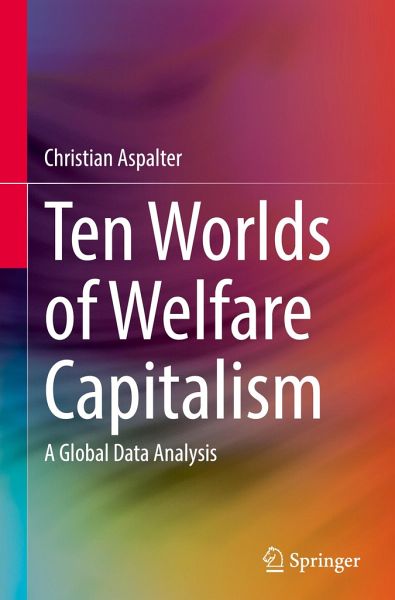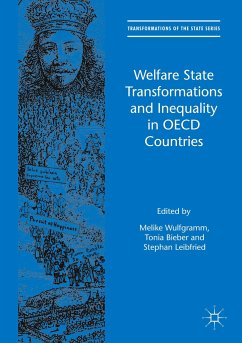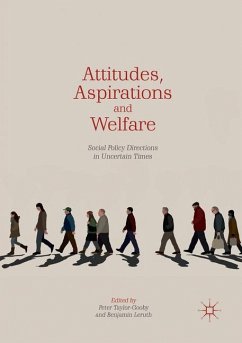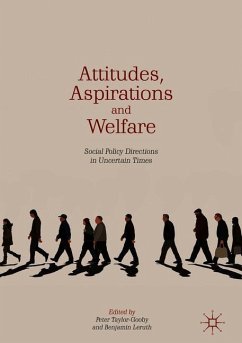
Ten Worlds of Welfare Capitalism
A Global Data Analysis
Versandkostenfrei!
Versandfertig in 6-10 Tagen
91,99 €
inkl. MwSt.
Weitere Ausgaben:

PAYBACK Punkte
46 °P sammeln!
This book presents a new step farther into the twenty-first century, for the first time truly combining a comprehensive global data analysis with social policy theory development. The theory of global ideal-typical welfare regimes, also known as the "Ten Worlds of Welfare Regime Theory", as set forth earlier by Christian Aspalter, is now in this book tested empirically using a quantitative global data analysis for the first time. The strong and rich results fully vindicated the Ten Worlds Theory. All in all, about 150 countries are included in this test, measuring numerous variables on two mai...
This book presents a new step farther into the twenty-first century, for the first time truly combining a comprehensive global data analysis with social policy theory development. The theory of global ideal-typical welfare regimes, also known as the "Ten Worlds of Welfare Regime Theory", as set forth earlier by Christian Aspalter, is now in this book tested empirically using a quantitative global data analysis for the first time. The strong and rich results fully vindicated the Ten Worlds Theory. All in all, about 150 countries are included in this test, measuring numerous variables on two main dimensions, i.e., povertization and inequality. The innovative approach of using a new indicator, Aspalter's Standardized Relative Performance Index, is applied, which facilitated the exact measurements of distances between relative performances of each variable, each dimension, each country, and each ideal-typical welfare regime (in relation to one another, respectively). In addition, oneexplanative and one normative meta-study is added to the book, to point to ways to understand and deal with the global culprit of inequality and, hence, poverty.
"On the backdrop of decades of comparative theoretical and empirical research we now, for the first time, have a truly global analysis of welfare regimes." ---- Peter Abrahamson, Department of Sociology, University of Copenhagen
"On the backdrop of decades of comparative theoretical and empirical research we now, for the first time, have a truly global analysis of welfare regimes." ---- Peter Abrahamson, Department of Sociology, University of Copenhagen














